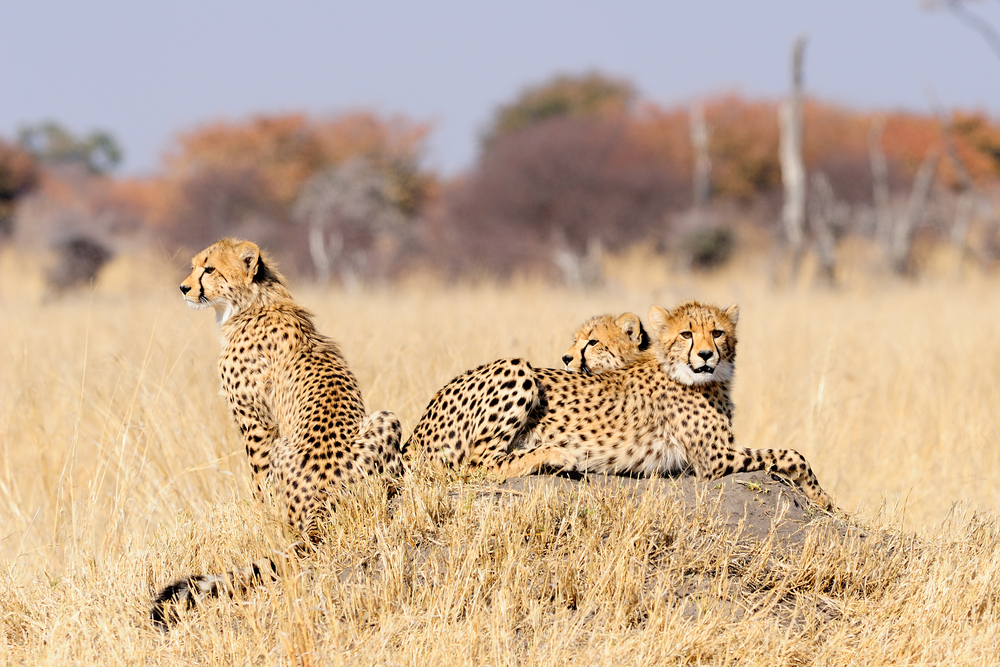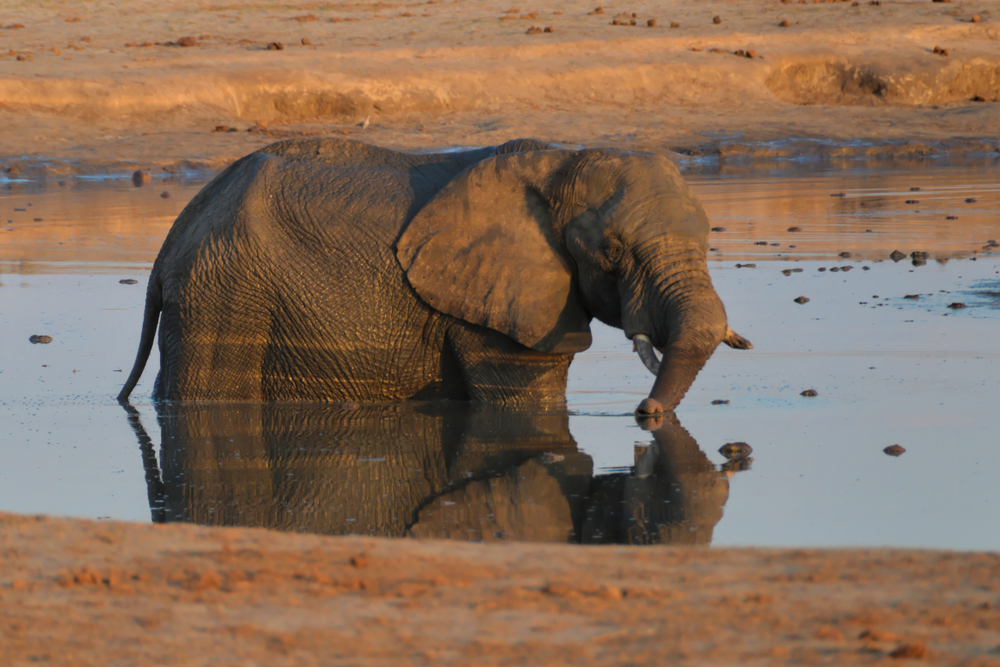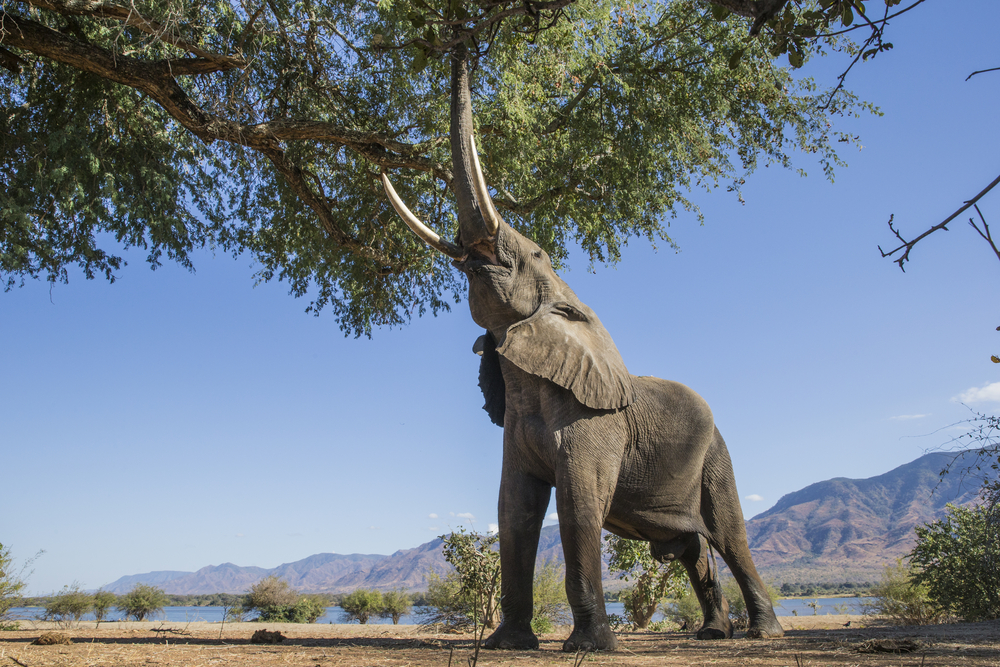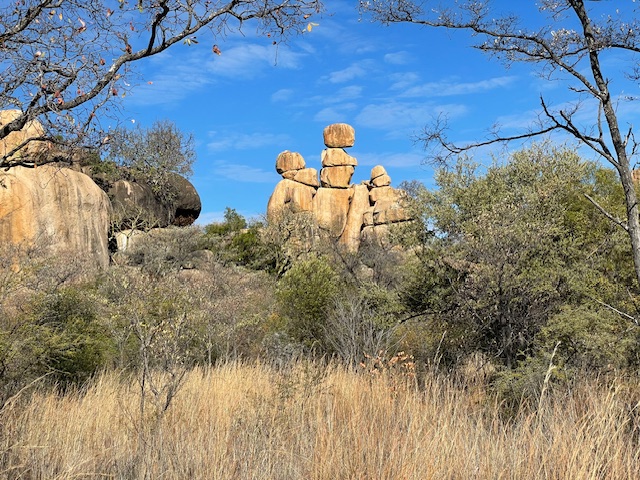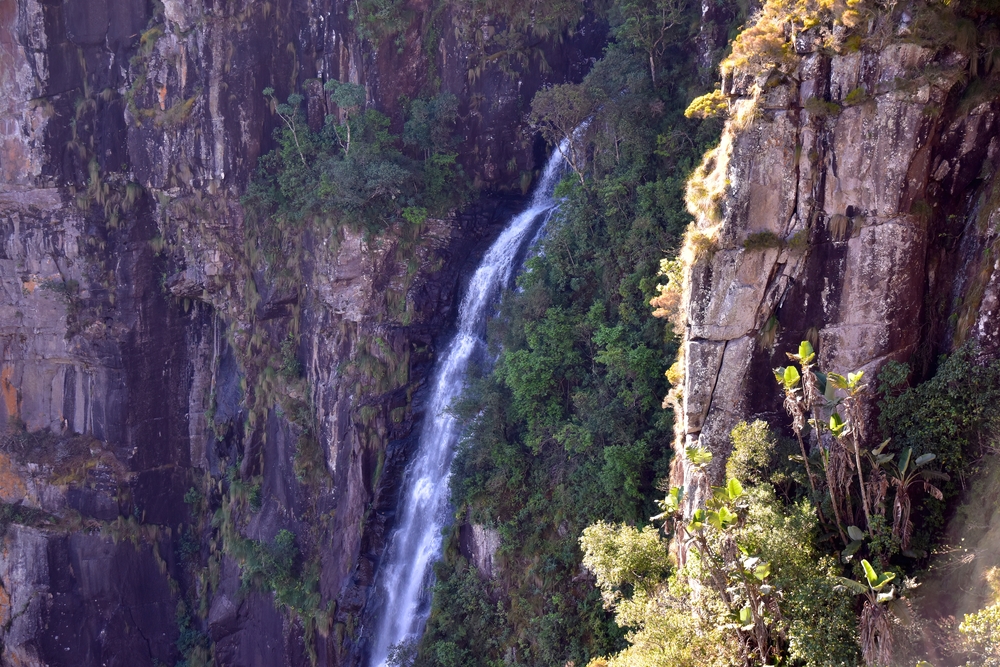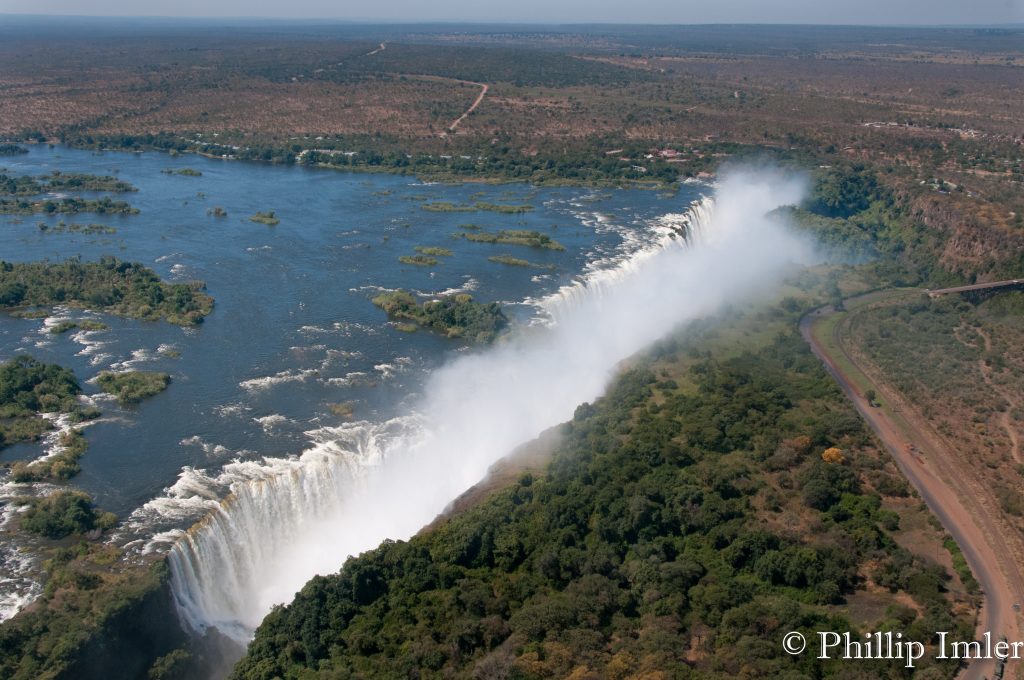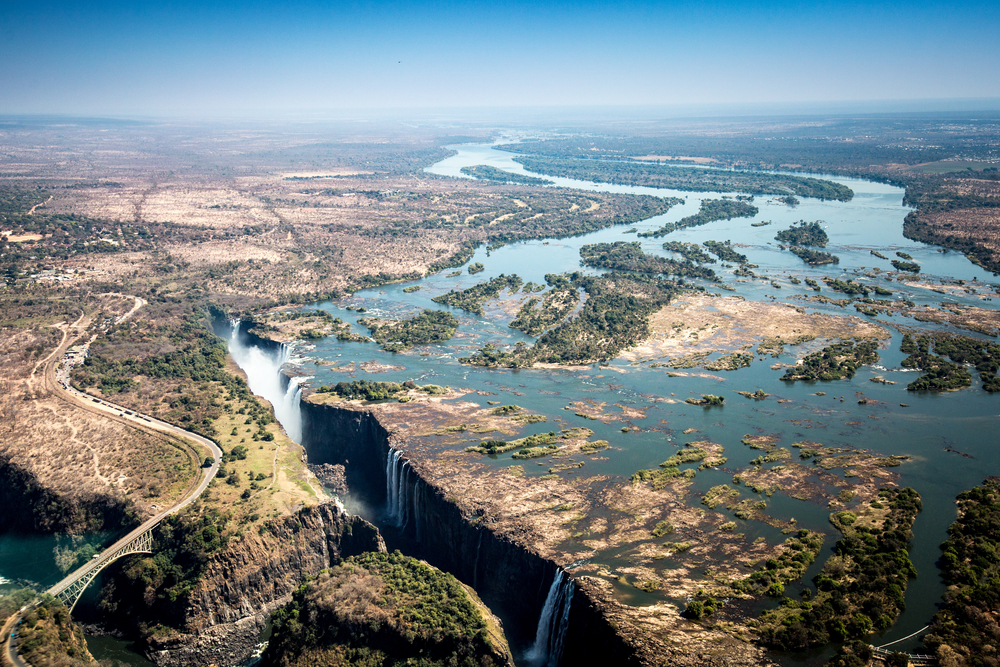Hwange Overview
Hwange National Park, known locally as “Paki yeHwange,” is Zimbabwe’s largest national park, spanning approximately 14,651 square kilometers (5,657 square miles) in the northwest corner of the country. Situated near the borders of Botswana and Zambia, it is part of the Kavango-Zambezi Transfrontier Conservation Area (KAZA). Established in 1928 as a game reserve and declared a national park in 1961, Hwange is celebrated for its incredible biodiversity and vast wilderness.
The park’s landscapes range from sprawling savannahs and teak woodlands to semi-arid scrublands and seasonal wetlands. While there are no prominent mountains or waterfalls, the scenic waterholes and pans, both natural and man-made, serve as focal points for wildlife viewing, especially during the dry season. These water sources are lifelines for animals in the region and offer visitors unforgettable encounters with large concentrations of wildlife.
Hwange National Park is most famous for its large elephant population, estimated to be over 40,000 strong, one of the highest concentrations in Africa. Other notable species include lions, leopards, and cheetahs, as well as smaller predators like wild dogs and hyenas. The park is home to nearly 100 species of mammals and over 400 bird species, including the endangered southern ground hornbill, martial eagle, and the Kori bustard. Unique sightings might include sable antelope, roan antelope, and the rare pangolin.
One of Hwange’s unique features is its network of over 60 man-made waterholes, which are maintained year-round to support wildlife during the dry season. These waterholes attract vast numbers of animals and create some of the best game-viewing opportunities in Africa. Ngweshla, Masuma, and Mandavu dams are among the most popular spots for both visitors and wildlife.
Hwange has been a stronghold for conservation efforts in Zimbabwe. Its management focuses on preserving biodiversity, mitigating human-wildlife conflict, and combating poaching. Collaborative efforts between Zimbabwe Parks and Wildlife Management Authority and organizations like Painted Dog Conservation and Friends of Hwange Trust have bolstered anti-poaching initiatives and habitat restoration programs. The park’s inclusion in the KAZA Transfrontier area further highlights its importance in regional conservation strategies.
Visitors to Hwange National Park can enjoy game drives, guided walking safaris, and birdwatching. The park is accessible year-round, with the dry season (May to October) offering the best wildlife viewing as animals congregate around waterholes. Accommodations range from luxury lodges to camping facilities, ensuring options for all types of travelers. The park’s proximity to Victoria Falls makes it an ideal complement to exploring one of the world’s natural wonders.
In summary, Hwange National Park is a crown jewel of Zimbabwe’s natural heritage. Its vast landscapes, abundant wildlife, and successful conservation efforts make it a premier destination for eco-tourism and a vital sanctuary for Africa’s iconic species.








































































